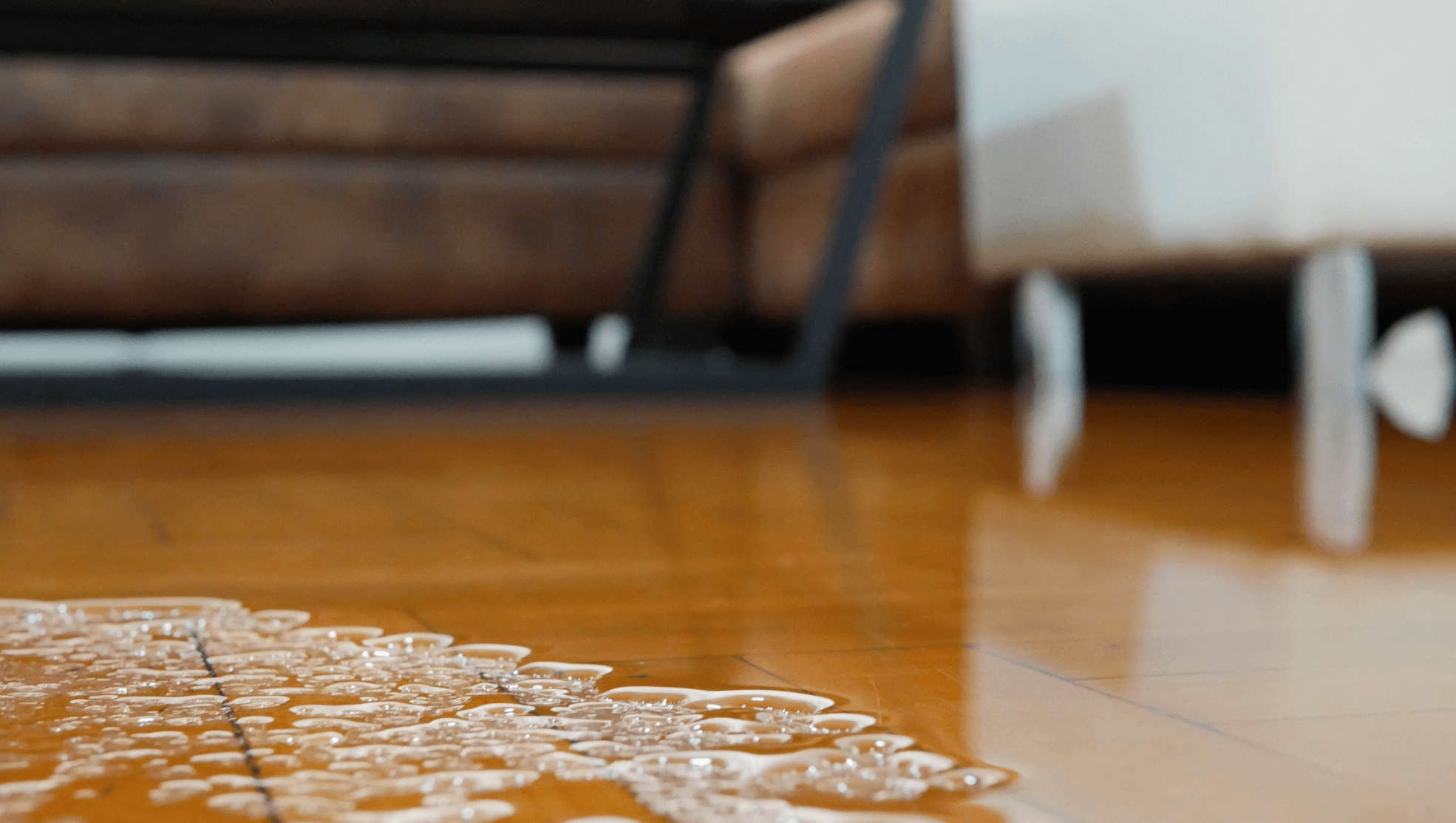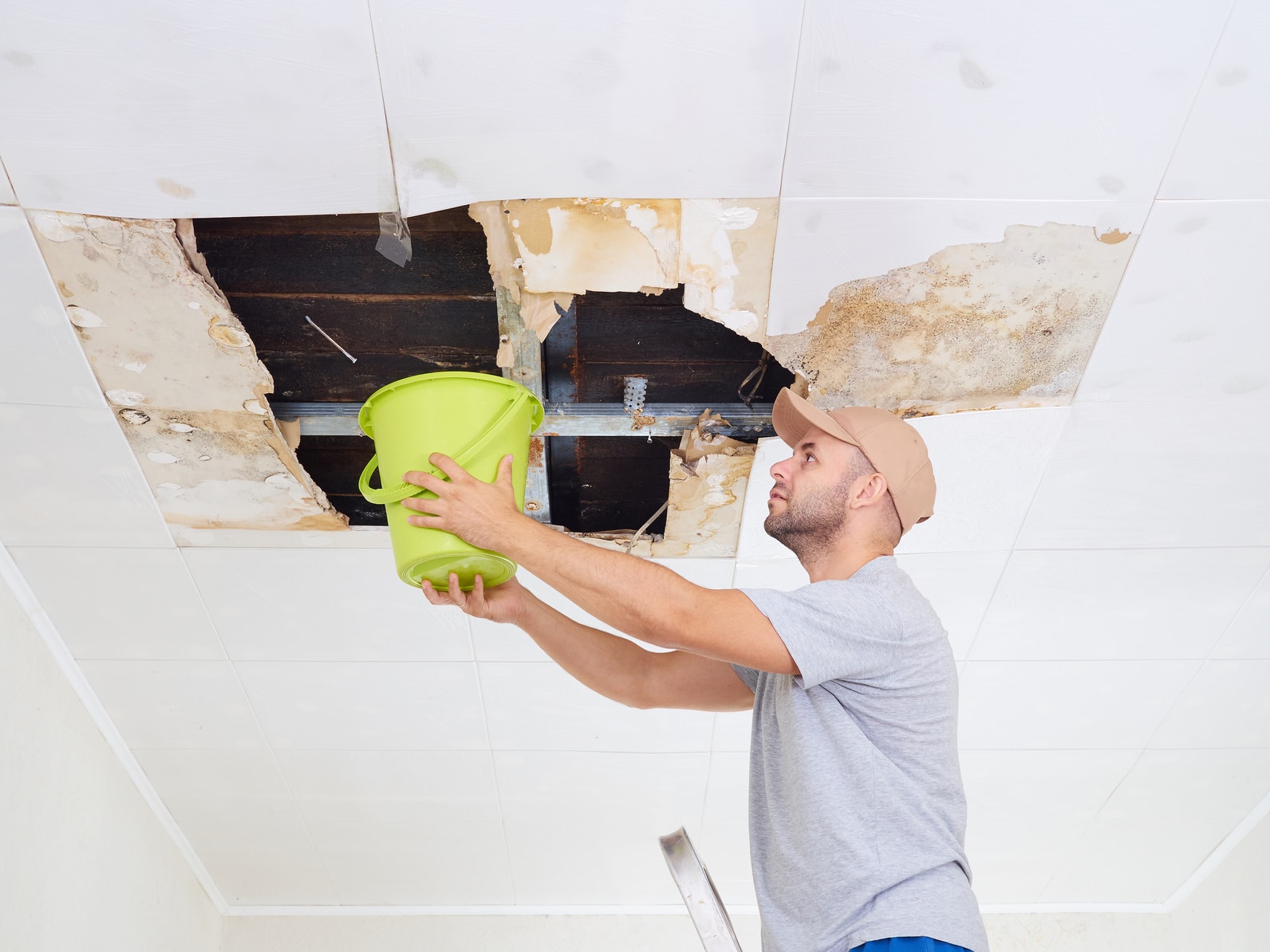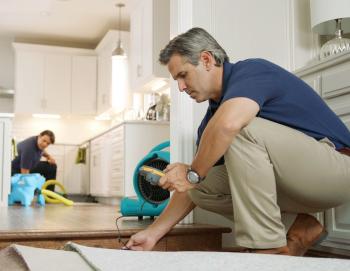Professional Leak Detection Philadelphia: Securing Your Property Against Water Damage
Emergency Situation Water Damages Reconstruction: Swift Action to Reduce Additional Damages
Water damage can strike unexpectedly and leave destructive impacts on homes and organizations. When faced with such a circumstance, a quick response is vital to decrease more damage and protect against potential health and wellness risks. What exactly does emergency water damage repair require? In this conversation, we will certainly look into the significance of instant action, the evaluation procedure, the actions included in water removal and drying out, mold and mildew avoidance and removal, and ultimately, the restoration of the damaged location. By recognizing the necessity and detailed nature of this procedure, you will certainly gain important understandings into just how experts deal with emergency water damages, making sure a swift and effective reaction.
Significance of Swift Feedback
Swift reaction is of utmost importance in water damages restoration to decrease more damages and reduce prospective dangers. The longer water sits in a building, the more damages it can trigger.
One of the main factors swift response is vital in water damages remediation is to stop the development of mold and mildew and mold. Mold can begin to grow within 24 to two days of water direct exposure, and when it takes hold, it can spread swiftly throughout the damaged location. Mold and mildew not just creates more damages to the framework of the structure but also poses health risks to residents. By reacting quickly, experts can thoroughly dry out the area and prevent the growth of mold and mildew, minimizing the requirement for considerable remediation and making certain the safety and security of those involved.
Water damages can be ravaging, specifically when it influences personal products of nostalgic or financial worth. Performing swiftly enables professionals to evaluate the damage and execute proper remediation strategies to restore as much as feasible.
Assessing the Extent of Damage

Throughout the evaluation, remediation specialists completely analyze the damaged location to determine visible indications of damage, such as water discolorations, warped materials, and mold growth. They likewise use specialized tools to spot surprise damage, such as dampness meters and thermal imaging video cameras. This thorough analysis permits them to properly establish the extent of the damage and develop a tailored repair plan.
Since it aids professionals prioritize their efforts,Examining the level of water damage is crucial. They can recognize areas that call for immediate attention, such as standing water removal and drying out, to avoid additional damages and reduce the threat of mold and mildew growth. They can also figure out the areas that require repair work or substitute, making sure that no damages goes untreated or unnoticed.

Water Extraction and Drying Out Process
The water extraction and drying out process is an essential action in water damages repair, as it involves the removal of excess water and the detailed drying of the affected location to prevent further damage and mitigate the risk of mold and Learn More mildew development. After examining the extent of the water damages, the next step is to remove the water from the afflicted area.
As soon as the excess water has been removed, the drying procedure starts. This action is crucial in avoiding secondary damages, such as structural damages and the development of mold and mold. High-powered fans and dehumidifiers are made use of to circulate air and eliminate dampness from the air and surface areas. The drying out procedure might take a number of days, depending on the level of the water damage and the materials involved.
It is necessary to guarantee that the afflicted location is entirely dry before waging any fixings or reconstruction. Failure to extensively dry out the area can cause long-lasting issues, including damaged structures, musty odors, and the development of mold and mildew and mold. As a result, expert water damage repair firms employ dampness discovery equipment to ensure that the damaged location is entirely dry before proceeding to the next step.
Mold Avoidance and Remediation
Effective mold avoidance and remediation are essential in water damage restoration to ensure the safety and honesty of the affected area. mold remediation philadelphia. When water damages takes place, whether from a burst pipeline, flooding, or a leaking roof covering, it produces an optimal setting for mold growth. Mold can begin to create within 24 to two days after water damage, and if left untreated, it can spread out quickly and cause major health risks
To avoid mold growth, it is necessary to deal with water damages without delay. The initial step is to fix the resource and recognize of the water invasion. Once the source is fixed, the damaged area should be extensively dried to avoid dampness from sticking around. This might include the use of dehumidifiers, air moving go to my blog companies, and other customized devices to eliminate excess dampness from the air and surface areas.
In instances where mold development has actually currently happened, removal is essential to eliminate the mold and mildew and prevent its return. This involves the cautious removal and disposal of affected products, such as drywall or rug, to make certain that all traces of mold are removed. It is very important to note that mold removal must be executed by professionals that have the essential training and tools to securely handle and remove mold and mildew.
Restoring the Affected Location

To start with, it is necessary to completely dry the location to stop any kind of additional damages and to prevent the development of mold and mildew and mold. This may entail using specialized drying equipment, such as dehumidifiers and industrial-grade fans, to eliminate all moisture from the afflicted surface areas.
When the location is completely dry, the reconstruction procedure can begin. This might involve repairing or changing damaged architectural components, such as ceiling, drywall, or floor covering ceramic tiles. It is important to attend to any kind of underlying issues that may have triggered the water damages, such as dripping pipelines or malfunctioning plumbing, to stop future cases.
In addition, recovering the afflicted location may likewise consist of painting wall surfaces, changing harmed fixtures, and completely cleansing and disinfecting the area. This guarantees that not just is the location structurally sound, but it is additionally aesthetically pleasing and secure for tenancy.
Conclusion
Analyzing the degree of damage allows for effective water extraction and drying out processes to be carried out. In general, timely action and thorough restoration measures are crucial to mitigating the negative influences of water damage.
Swift reaction is of utmost relevance in water damages restoration to minimize more damage and alleviate possible threats.During the assessment, reconstruction professionals extensively examine the affected location to identify visible indications of damage, such as water spots, deformed products, and mold have a peek at this site growth.The water removal and drying procedure is a vital action in water damages reconstruction, as it entails the removal of excess water and the complete drying of the afflicted location to protect against further damages and reduce the threat of mold development. After assessing the degree of the water damage, the following step is to remove the water from the afflicted location.Reliable mold and mildew prevention and remediation are essential in water damages restoration to ensure the security and honesty of the affected area.